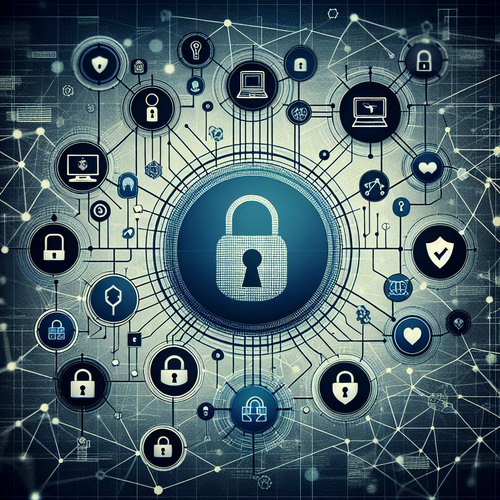
Top 5 Tools for Implementing Zero Trust Security
Top 5 Tools for Implementing Zero Trust Security
In today’s digital landscape, organizations are increasingly adopting the Zero Trust security model to enhance their defense against cyber threats. This approach is predicated on the principle of ‘never trust, always verify,’ meaning that no user or device, whether inside or outside the organization, is automatically trusted. To effectively implement this security framework, organizations require robust tools that facilitate the necessary controls and monitoring. Here, we present the top five tools for deploying Zero Trust security.
Prerequisites
- Understanding of basic networking and security principles.
- Access to your organization’s IT infrastructure.
- Required permissions to install and configure software tools.
1. Identity and Access Management (IAM) Solutions
Astrong IAM solution is fundamental to any Zero Trust architecture. #{IAM} tools like Okta (Official site) provide services for effectively managing user identities and regulating access based on defined policies. These tools offer multi-factor authentication, single sign-on capabilities, and automation of user lifecycle management to ensure that only authenticated users and devices have access to sensitive resources.
Key Features:
- Centralized user directory.
- Real-time access monitoring.
- Policy-based access controls.
2. Security Information and Event Management (SIEM)
SIEM tools are essential for monitoring and analyzing security events within an organization. Solutions like Splunk (Official site) aggregate and analyze data from various sources, providing insights that are crucial for detecting and responding to threats in real-time.
Key Features:
- Log management and analytics.
- Incident detection and alerting.
- Compliance reporting.
3. Network Access Control (NAC)
Network Access Control tools help organizations enforce security policies on devices before they can access the corporate network. Solutions such as Fortinet (Official site) provide visibility into devices on the network and allow for the implementation of mandatory policies regarding device compliance and security posture.
Key Features:
- Device discovery and profiling.
- Policy enforcement for network access.
- Automated remediation capabilities.
4. Endpoint Detection and Response (EDR) Solutions
EDR solutions provide continuous monitoring and response capabilities for endpoints against potential threats. Tools like CrowdStrike (Official site) offer advanced threat detection, investigation features, and automated responses, essential for preventing breaches in a Zero Trust environment.
Key Features:
- Real-time endpoint visibility.
- Threat intelligence integration.
- Automated response workflows.
5. Data Loss Prevention (DLP)
Data Loss Prevention tools help protect sensitive information from unauthorized access and data breaches. Solutions like Symantec DLP (Official site) use predefined policies to detect and prevent data leakage from endpoints, networks, and cloud environments.
Key Features:
- Content inspection for sensitive data.
- Policy enforcement.
- Incident response and reporting.
Troubleshooting
If you encounter difficulties while implementing these tools:
- Ensure integration compatibility with existing systems.
- Verify that user permissions and access are correctly configured.
- Consult vendor support resources for guidance on configuration and best practices.
Summary Checklist
- Choose the right IAM solution to manage user identity.
- Set up SIEM for comprehensive security analytics.
- Implement NAC for network access control.
- Utilize EDR for endpoint security monitoring.
- Deploy DLP to safeguard sensitive data against loss.
By leveraging these advanced tools, your organization can effectively bolster its security posture and achieve a successful Zero Trust environment. For further insights on cybersecurity practices, check out our article on Top 5 Tools for Cyber Threat Detection.













